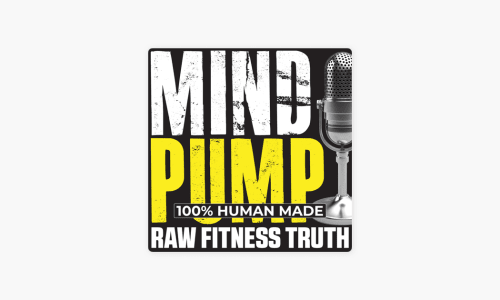See all Mind Pump: Raw Fitness Truth transcripts on Applepodcasts

2100: Big Arms Masterclass
33 minutes
🇬🇧 English
Summaries Topics Transcript Chapters Titles Socials Twitter Blog Post Newsletter Quotes Quizzes Ask ChatGPT

Omnivision Solutions Ltd

33 minutes
🇬🇧 English

Omnivision Solutions Ltd